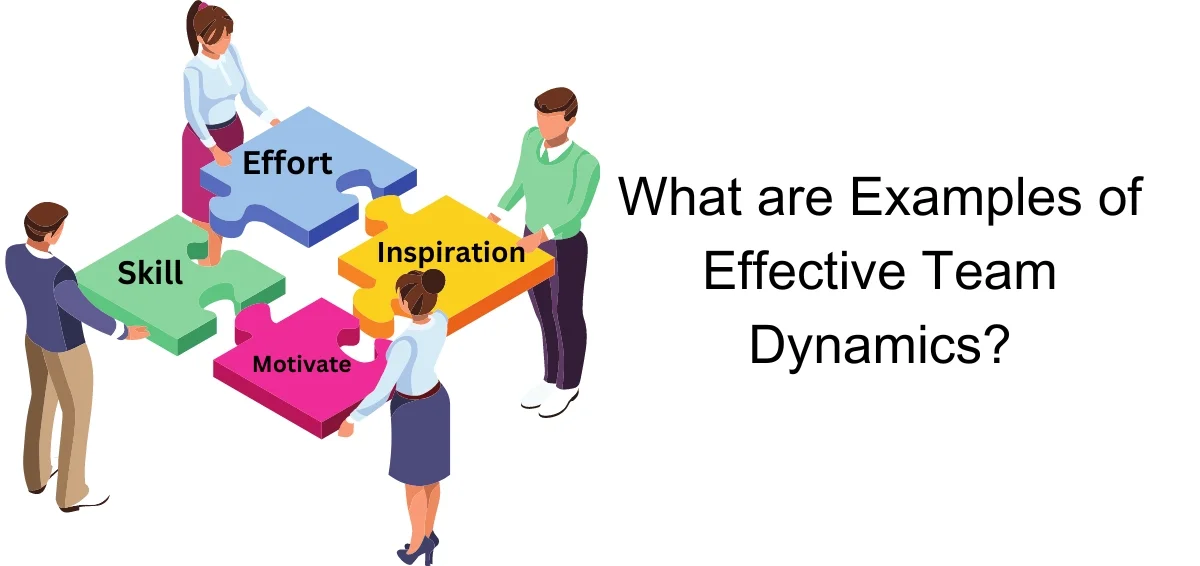Team Dynamics and Collaboration
- Amabile, T., & Kramer, S. (2011). The Progress Principle: Using Small Wins to Ignite Joy, Engagement, and Creativity at Work. Harvard Business Review Press.
- Belbin, R.M. (2012). Team Roles at Work. Butterworth-Heinemann. - Edmondson, A. (1999). Psychological Safety and Learning Behavior in Work Teams. Administrative Science Quarterly, 44(2), 350-383. - Goleman, D. (2000). Leadership That Gets Results. Harvard Business Review, March-April 2000. - Lencioni, P. (2002). The Five Dysfunctions of a Team: A Leadership Fable. Jossey-Bass. - Locke, E.A., & Latham, G.P. (2002). Building a Practically Useful Theory of Goal Setting and Task Motivation. American Psychologist, 57(9), 705-717. - Mayer, R.C., Davis, J.H., & Schoorman, F.D. (1995). An Integrative Model of Organizational Trust. Academy of Management Review, 20(3), 709-734. - Stahl, G.K., Maznevski, M.L., Voigt, A., & Jonsen, K. (2010). Unraveling the Effects of Cultural Diversity in Teams: A Meta-Analysis of Research on Multicultural Work Groups. Journal of International Business Studies, 41(4), 690-709. - Tjosvold, D. (1991). The Conflict-Positive Organization: Stimulate Diversity and Create Unity. Addison-Wesley. - Amabile, T., & Kramer, S. (2011). The Progress Principle: Using Small Wins to Ignite Joy, Engagement, and Creativity at Work. Harvard Business Review Press. - Belbin, R.M. (2012). Team Roles at Work. Butterworth-Heinemann. - Edmondson, A. (1999). Psychological Safety and Learning Behavior in Work Teams. Administrative Science Quarterly. - Hinds, P.J., & Mortensen, M. (2005). Understanding Conflict in Geographically Distributed Teams: The Moderating Effects of Shared Identity, Shared Context, and Spontaneous Communication. Organization Science. - Lencioni, P. (2002). *The Five Dysfunctions of a Team: A Leadership Fable. Jossey-Bass. - Locke, E.A., & Latham, G.P. (2002). Building a Practically Useful Theory of Goal Setting and Task Motivation. American Psychologist. - McChrystal, S., Collins, T., Silverman, D., & Fussell, C. (2015). Team of Teams: New Rules of Engagement for a Complex World. Portfolio. - Stahl, G.K., Maznevski, M.L., Voigt, A., & Jonsen, K. (2010). Unraveling the Effects of Cultural Diversity in Teams: A Meta-Analysis of Research on Multicultural Work Groups. Journal of International Business Studies. - Tuckman, B.W. (1965). *Developmental Sequence in Small Groups. Psychological Bulletin. - Yukl, G. (2013). Leadership in Organizations. Prentice Hall. |




The team dynamics is important any of organizations to lead their success which present properly in your article impression.
ReplyDeleteyes. your right. this is verry important component for every organization has to do
DeleteThis insightful exploration underscores the critical role of effective team dynamics and collaboration in driving organizational success. By emphasizing key factors influencing team dynamics and offering practical strategies to enhance collaboration, the blog equips leaders with valuable insights to cultivate a cohesive and productive team environment. A must-read for leaders seeking to optimize teamwork and achieve organizational excellence.
ReplyDelete